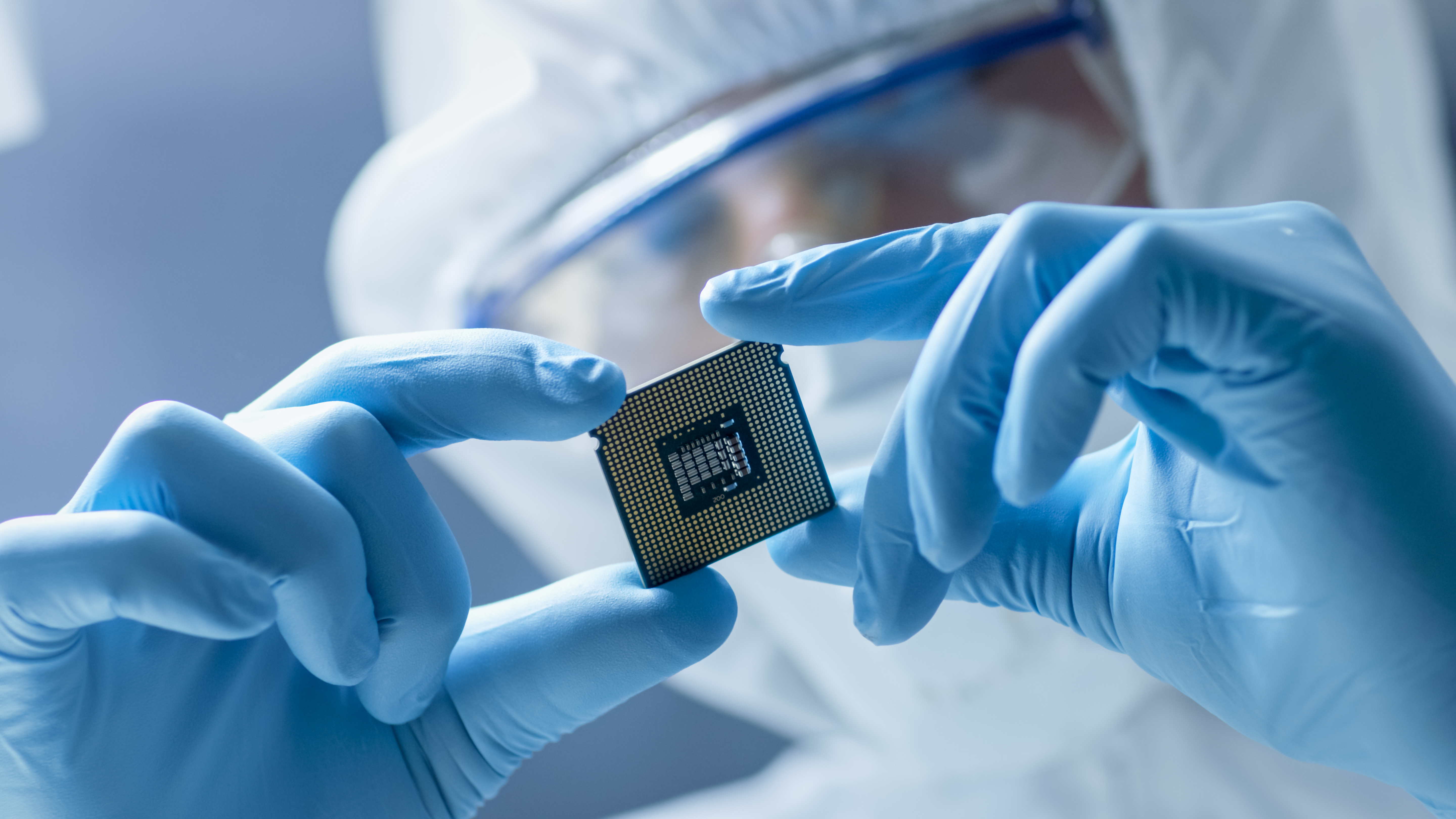Innovative Industrial CT for Aerospace: Revolutionizing Material Testing
2025-07-01 00:00
In the aerospace industry, the need for precise and reliable material testing is more critical than ever. As the demand for lighter, stronger, and more durable materials grows, the role of advanced testing methods has become indispensable. One such method making waves is Industrial CT for aerospace, a non-destructive testing (NDT) technology that provides highly detailed internal imaging of materials and components. This cutting-edge solution is playing a pivotal role in ensuring the safety, performance, and longevity of aerospace materials and parts.

What is Industrial CT and How Does it Work?
Industrial CT utilizes X-rays to capture cross-sectional images of an object from multiple angles. These images are then used to create a detailed 3D model, providing a comprehensive look at the internal structure of materials and components. Unlike traditional methods, Industrial CT testing does not require any physical cutting or damaging of the test object, preserving its integrity while still providing critical data.
For aerospace applications, Industrial CT is ideal for inspecting complex and high-performance materials such as composites, lightweight alloys, and 3D printed parts. The technology enables the detection of defects such as voids, cracks, and porosity, which are crucial for ensuring the safety and reliability of aerospace components.
Key Advantages of Industrial CT for Aerospace
1. Non-Destructive Testing
One of the most significant benefits of Industrial CT is its non-destructive nature. Aerospace components are often expensive and challenging to reproduce. The ability to analyze parts without damaging them allows manufacturers to ensure quality while preserving valuable materials.
2. Detailed Internal Visualization
Traditional inspection methods may overlook internal defects that could compromise the strength or durability of a part. Industrial CT provides a precise and detailed visualization of the internal structure, detecting even the smallest anomalies that may affect performance.
3. High Resolution and Accuracy
Industrial CT offers incredibly high resolution and accuracy, which is essential for analyzing intricate parts like turbine blades, structural components, and composite materials. The technology can detect micro-level defects that might otherwise go unnoticed, allowing for more comprehensive inspections.
4. Efficiency in Quality Control
The use of Industrial CT for aerospace the quality control process. It enables faster detection of defects, reducing the need for costly and time-consuming repairs or rework. This efficiency is vital in meeting tight production deadlines and maintaining consistent product quality.
Applications in Aerospace Manufacturing
1. Inspection of Composite Materials
Aerospace manufacturers are increasingly turning to composite materials for their lightweight and high-strength properties. Industrial CT is essential for inspecting these materials, as it can reveal hidden flaws such as voids or delaminations that can affect their performance.
2. Evaluation of 3D Printed Parts
With the rise of additive manufacturing in aerospace, ensuring the integrity of 3D printed parts is critical. Industrial CT is perfect for inspecting 3D printed components, as it can detect internal voids or layer bonding issues that may compromise the part's strength and functionality.
3. Quality Assurance of Critical Components
Aerospace parts such as turbine blades, engine components, and structural elements are subject to extreme conditions. Industrial CT allows manufacturers to conduct thorough inspections, ensuring that these critical components meet the rigorous safety and performance standards required for flight.
Future of Industrial CT For Aerospace
The aerospace industry is continually evolving, with new materials, designs, and manufacturing methods being introduced at a rapid pace. As this innovation continues, Industrial CT technology is expected to play an even more prominent role. Advancements in CT resolution, scanning speed, and automation are likely to further enhance its capabilities, making it an even more indispensable tool for aerospace manufacturers.
With its ability to detect defects, assess the internal integrity of complex materials, and streamline quality control processes, Industrial CT is set to revolutionize the way aerospace components are tested and inspected. As the industry continues to demand more reliable and efficient testing methods, Industrial CT is poised to remain a key technology for ensuring the safety and success of aerospace manufacturing.
Conclusion
Industrial CT for aerospace is transforming the aerospace sector by providing highly accurate, non-destructive testing solutions that improve quality control, material inspection, and component integrity. As the aerospace industry moves toward more advanced materials and manufacturing techniques, Industrial CT will continue to be an essential tool for maintaining the highest standards of safety and performance. Whether it's inspecting composite materials, evaluating 3D printed parts, or ensuring the reliability of critical aerospace components, Industrial CT is leading the way in next-generation material testing.
2025.09.30

2025.09.23









